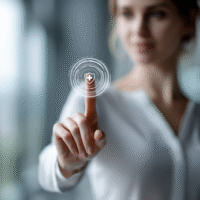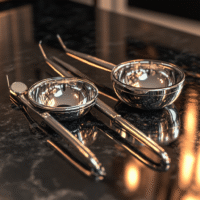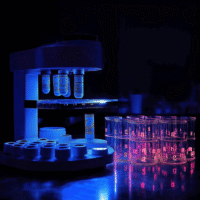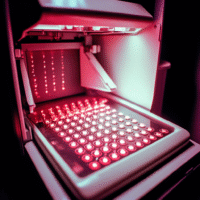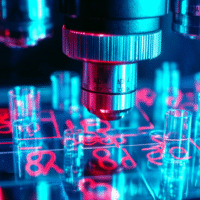Selective Nociceptive Modulation with Transcutaneous KHFAC Stimulation
Background
Kilohertz high-frequency alternating current (KHFAC) stimulation is a method that can block nerves quickly without causing harm. Previous studies have tested frequencies from 5 to 20 kHz in humans, but few devices are approved for higher frequencies. This study aims to evaluate a new device that can stimulate at 30, 40, and 50 kHz, comparing its effects on pain and other outcomes to a sham (inactive) stimulation.
Methods
We conducted a randomized, double-blind trial with 34 healthy participants. Each participant received four types of stimulation—30, 40, 50 kHz, and sham—applied for 20 minutes to the median nerve of their non-dominant hand. The new device was designed to deliver safe frequencies between 1 and 50 kHz with a comfortable intensity. We measured pain thresholds and any side effects.
Results
All active stimulation showed a significant increase in pressure pain threshold (PPT) compared to sham stimulation. The 40 kHz stimulation had the strongest effect on heat pain threshold (HPT) right after treatment. Mild side effects included skin reactions that resolved within 24 hours. The study found no adverse effects on touch or movement ability.
Conclusions
The study suggests that KHFAC stimulation, especially at 40 kHz, can effectively increase pain thresholds with minimal side effects. This could be valuable for managing pain-related conditions.
Clinical Implications
Clinical trials are essential for finding safe and effective treatments. Our AI platform, DocSym, combines essential medical standards and research into one easy-to-use resource for healthcare providers.
Streamlined Operations
In today’s healthcare, efficient operations are vital. Our mobile apps help with scheduling, treatment monitoring, and telemedicine, simplifying patient care management.
Enhancing Clinics with AI
Using AI can optimize clinic workflows and improve patient care while reducing paperwork. Discover more about our solutions at aidevmd.com.












